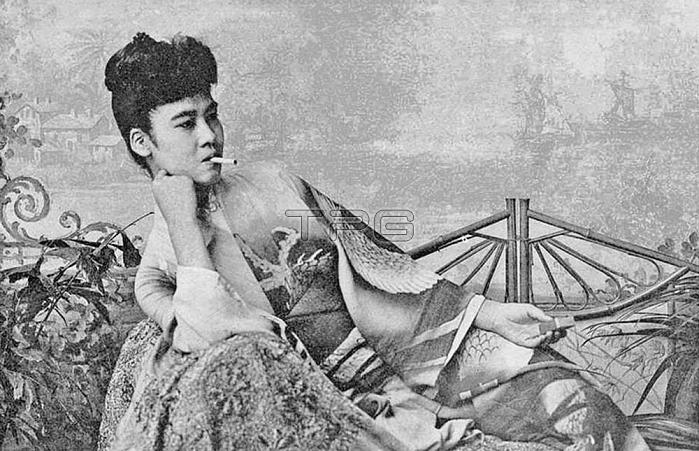
Japanese prostitutes were commonplace across Southeast Asia at this time; some working as spies for the Japanese Imperial authorities. From 1895 to 1918; Japanese authorities turned a blind eye to the emigration of Japanese women to work in brothels in Southeast Asia. According to the Japanese consul in Singapore; almost all of the 450 to 600 Japanese residents of Singapore in 1895 were prostitutes and their pimps; or concubines; fewer than 20 were engaged in 鈥榬espectable trades'.
Prostitutes - known locally as 鈥榢arayuki' - were the vanguard of what has been described as describes as a 鈥榢arayuki-led economic advance into Southeast Asia.' It was specifically seen by the authorities as a way to develop a Japanese economic base in the region; profits extracted from the prostitution trade were used to accumulate capital and diversify Japanese economic interests. The prostitutes; known as karayuki-san or 'Miss Gone-Abroad'; served as both creditors and customers to other Japanese: they loaned out their earnings to other Japanese residents trying to start businesses; and patronised Japanese tailors; doctors; and grocery stores. In 1918; after World War I; the custom began to decline.
| px | px | dpi | = | cm | x | cm | = | MB |
Details
Creative#:
TOP19360927
Source:
達志影像
Authorization Type:
RM
Release Information:
須由TPG 完整授權
Model Release:
No
Property Release:
No
Right to Privacy:
No
Same folder images:

 Loading
Loading